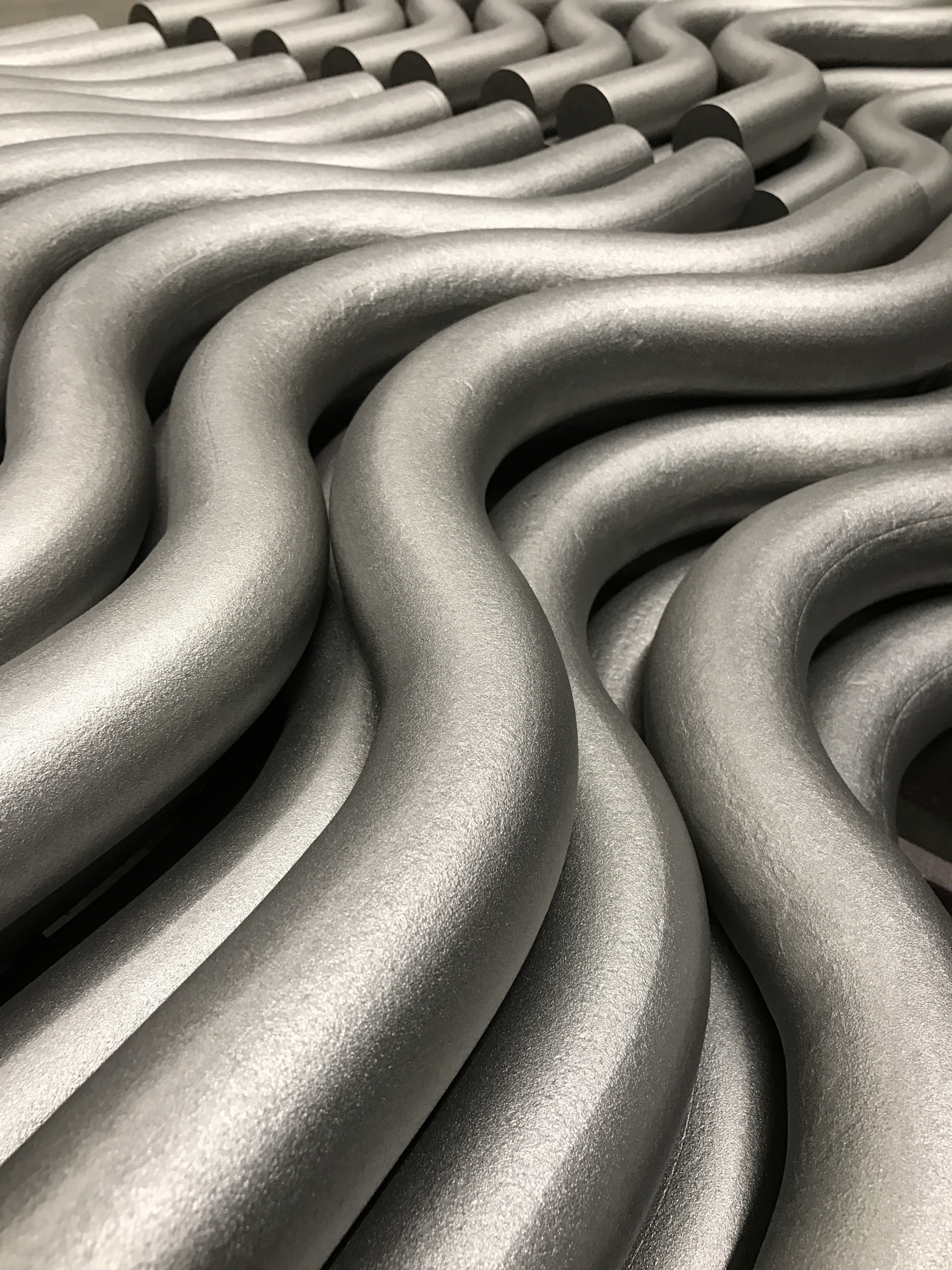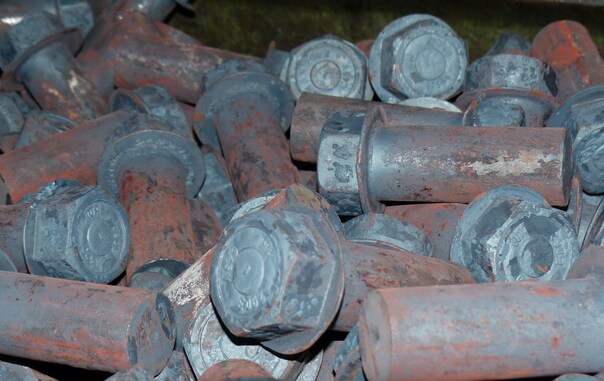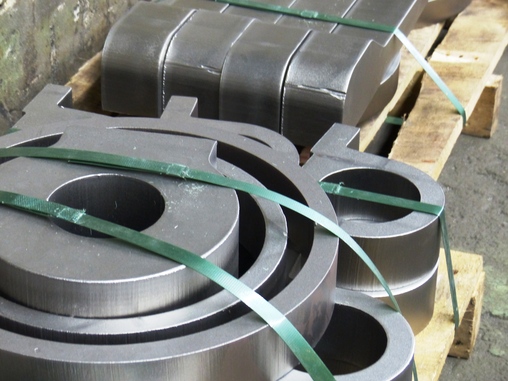
Tempering residues, scale, rust, paint residues, rolling skin, etc. – everything has to come off: Any contamination of a workpiece – regardless of whether it is a screw blank, cam, steel plate or excavator roller – endangers the adhesion of paint, zinc flake or KTL coatings. Cleaning blasting is therefore one of the most sought-after processes, and the trend is rising.

© KST
The demand is high and comes from a wide variety of industries. “We work nationwide for forging, cutting and flame-cutting companies, for steel, container, machine and plant manufacturers, for vehicle and shipbuilding. In blasting technology, outsourcing is the more economical solution for many,” says Marco Heinemann, Managing Director of KST Kugel-Strahltechnik in Hagen. The flexible service provider removes traces from various machining processes and realizes high cleanliness values. He processes bulk and rack material, uses troughed belt, continuous blast and wheel blast machines. And takes on both series and regular orders as well as just-in-time orders based on demand.
Wide range of applications
The surface specialists match the abrasive, grit size and process to the product and customer-specific requirements. The range of applications is broad. Using small-grained 0.2 to 0.4 millimeter stainless steel and metal balls, for example, they remove tarnish marks from the quenching and tempering process – usually in a rack process. They descale bolts and fasteners, track rollers for excavators, mounting plates for truck trailers or even anchor chain links for shipbuilding.

© KST
Purity grade SA 2.5 or SA 3
In most cases, industrial customers require a cleanliness level of SA 2.5 – some also SA 3. Heiko Gleichmann, QM representative at KST, emphasizes, “These standards require surfaces free of any foreign contaminants, such as oils and greases, scale and rust, corrosion, oxides, foreign bodies and paint residues.”
Large and small formats – reproducible blasting results at any time
Tiny and large formats, sensitive and impact-sensitive items – there is an optimum blasting strategy for every part. The KST team meticulously monitors every single production process. A CRM system enables complete traceability of all orders. Both guarantee traceable and reproducible blasting results at any time.
KST
Kugel-Strahltechnik GmbH, has been a service provider in the blasting technology sector since 1982. Location is Hagen. The contract blaster is an outsourcing partner for a wide variety of companies in the metalworking industry, with a focus on the automotive sector. Its slogan “A reason to shine!” stands for experience, competence, quality and service orientation.
Web:
www.kst-hagen.de
